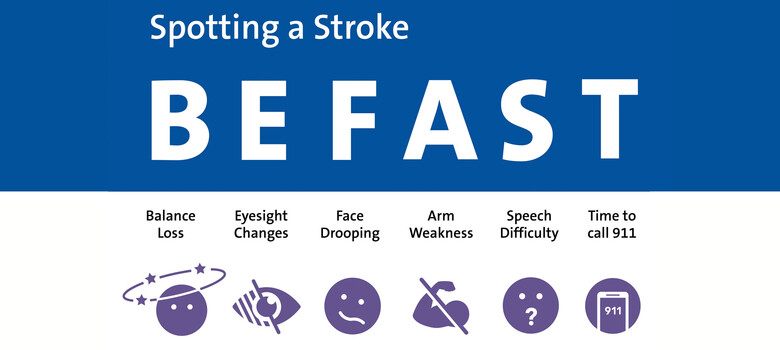People with a suspected subarachnoid hemorrhage need emergency care. It’s critical to find the source of bleeding and stop it quickly to prevent brain damage. Our stroke experts carefully weigh the benefits and risks of each intervention.
Imaging
A CT scan of the head helps doctors determine whether there is bleeding in the brain and where. To pinpoint the exact bleeding site, you may also need a:
- CT angiogram -- a CT scan that uses contrast dye to map your blood vessels.
- Cerebral angiogram -- doctors make a small incision in your groin or wrist, thread a thin and flexible tube called a catheter into an artery, and then inject dye into blood vessels that lead to the brain.
Endovascular Coiling
This minimally invasive procedure also requires making a small incision in the groin and threading a catheter to the site of a brain aneurysm. Using an even smaller catheter, a neurosurgeon or interventional radiologist passes one or more thin platinum coils to the site of the bleeding to seal it off.
Microsurgical Clipping
A neurosurgeon makes an incision in the skull (this is called a craniotomy) and places one or more small metal clips along the neck of the aneurysm. This cuts off blood flow to the aneurysm, prevents it from growing, and reduces the risk for future bleeding.
Intensive Care
To reduce the risk of vasospasms (when blood vessels in the brain spasm and narrow, which can cause additional strokes) and other complications, most patients need to stay in an intensive care unit for about two weeks.
